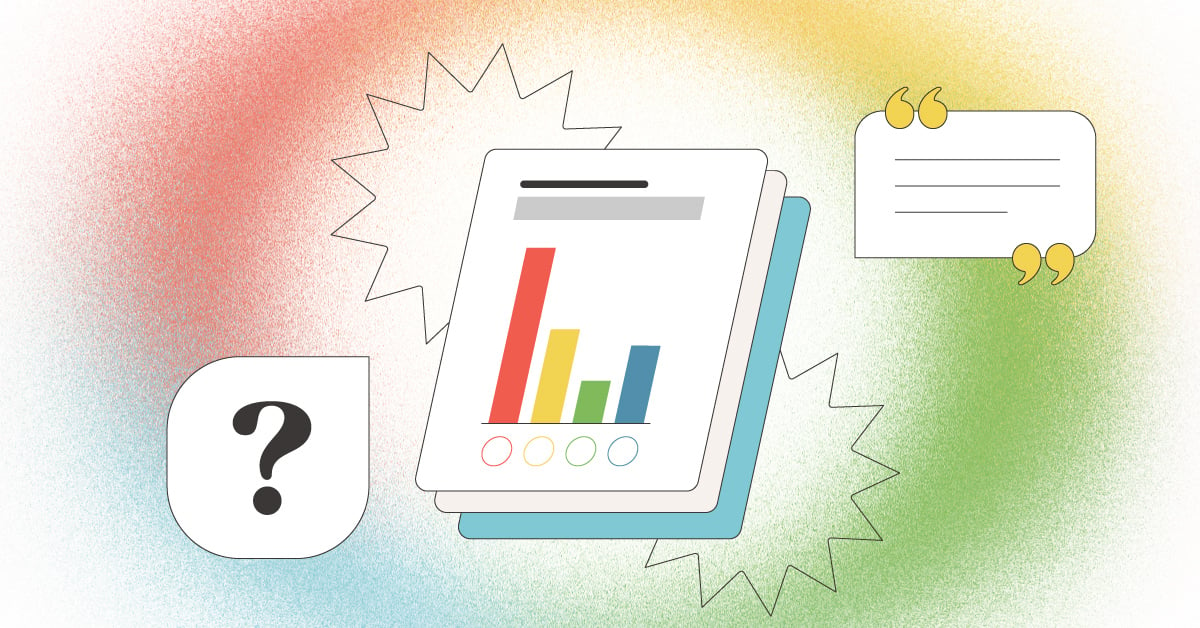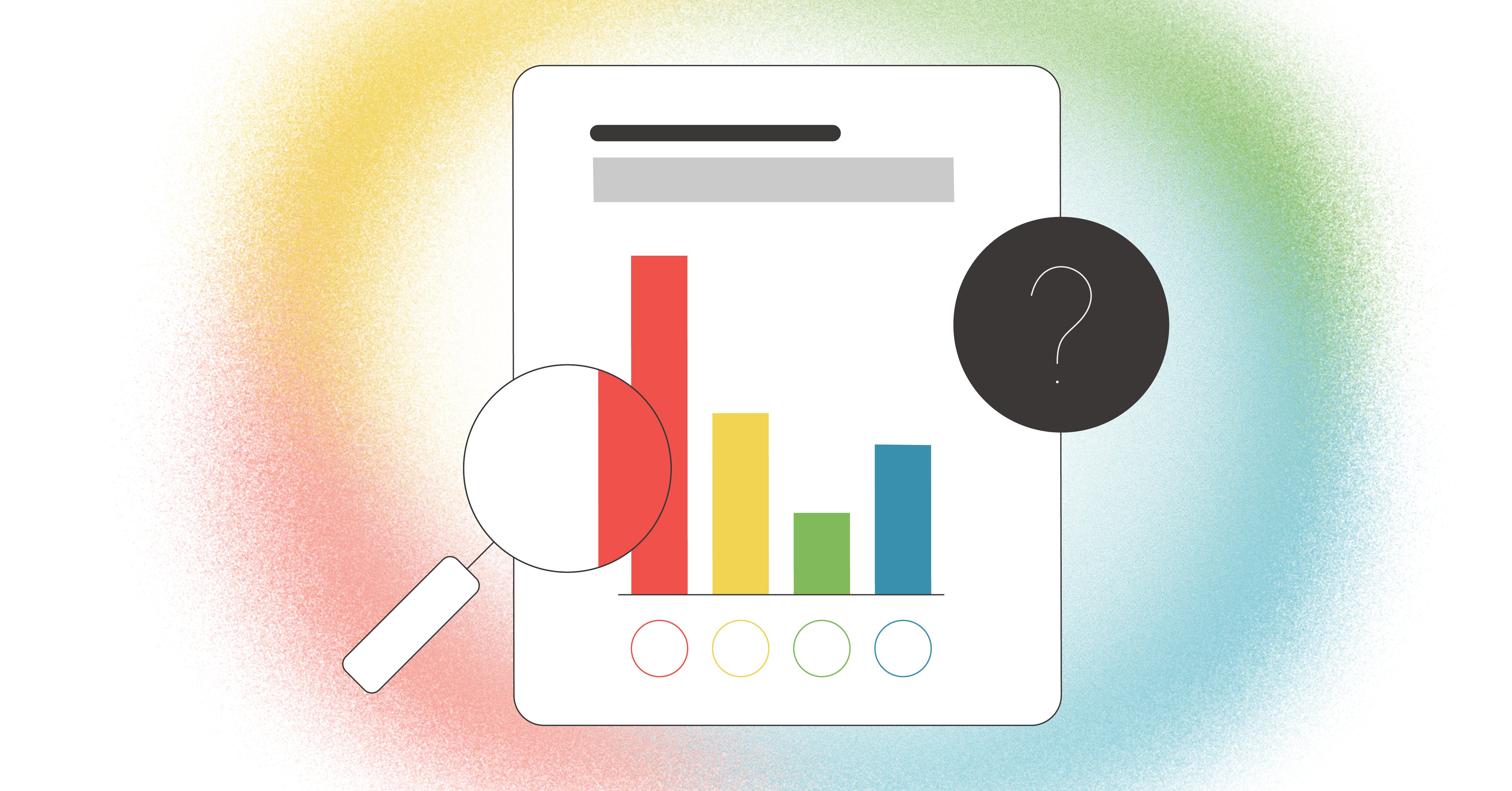
Hiring the right person can be time-consuming and stressful—unless you have the right tools. That’s where assessments come in. By tapping into the insights that come from candidate assessments, organizations can go beyond guesswork and gut feelings to build stronger teams right from the start.
Here’s what the candidate selection process really entails, which traits matter most, and how assessments can be a game-changer in hiring top-tier talent.
Structure Over Spontaneity
Remember, assessments aren’t tests; there is no ‘pass or fail’ when it comes to using assessments for employee selection. Those results let you get an immediate insight into the behavior of your candidates and help you determine the right fit, but they should not be the determining factor when it comes to hiring decisions.
Your first step to establishing a recruitment selection process is to create and commit to a process for all candidates. Consistency is key to discovering your ideal candidate. If one candidate only gets a phone interview with no follow-up because your hiring manager is busy, then you might miss out on the perfect fit. Don’t waste time with an underdeveloped process! It’s worth the investment.
Here’s a Sample Candidate Selection Process:
1. Post Your Job Online
Make sure to specify any education or experience qualifications, share about your company culture, highlight the benefits of your organization, and detail the duties and responsibilities of the position according to your benchmark. Put an end date for applications as well; if you don’t find the right candidate by that time, refresh your job description and repost.
2. Conduct Initial Phone Interviews
Your HR manager or hiring committee should set up and conduct an initial interview. This will weed out any candidates who can’t keep an appointment and help you get a solid first impression of who your potential employees are. Take note of candidates who do their research and ask compelling questions; they’re investing time upfront in your company. This will help you decide which candidates you’d like to move forward with.
3. Administer Assessments to Remaining Candidates
Once you have an initial positive impression of your candidates, it’s time to learn more about them. Send them a secure link for the behavioral assessment of your choice; using multiple assessments can provide a more accurate snapshot of who they are and what they’ll bring to your team.
After candidates complete these assessments, measure them against your benchmark and see how they compare to the ‘ideal’ your team has created. Remember, the benchmark is a starting point, not an ending conclusion. You can and should hire against your benchmark if your team decides that’s the best way to move forward.
4. Conduct In-Person Interviews
Once you have a more comprehensive snapshot of your candidates, it’s time to move forward with interviews, either in-person or over video call if the position is remote. Make sure this conversation is face-to-face!
Run your candidates through potential workplace scenarios, ask detailed questions about their background, and again, see what questions they have for you. These inquiries are just as important as their answers; you want an engaged and invested employee. Don’t underestimate the importance of a cultural fit! Using the DISC assessment can help you understand body language and react genuinely to job candidates.
At this point, make sure your candidates can meet their potential future coworkers and the leader they will directly report to.
What Candidate Selection Tests Can Be Administered During the Selection Process?
As we’ve said, the type of assessments administered in the candidate selection process depends on the information you are looking to discover. A popular assessment for the recruitment screening and selection process is DISC, which measures four factors: dominance, influence, steadiness, and compliance.
An individual’s DISC score is determined by both the high and low scores of each factor. Put most simply, DISC reveals how someone behaves, or ‘how they do what they do’. At TTI , we pair DISC with the 12 Driving Forces assessment, which reveals the motivation behind action, or ‘how you do what you do’. Together, these two assessments are called Talent Insights® and provide insight on a candidate at a more comprehensive level.
This assessment is our most popular for hiring. Using multiple assessments is the way to go when utilizing these tools in the recruitment and selection hiring process.
Find the Perfect Hire the First Time
Candidate selection might feel daunting, but it’s one of the most important processes for the future success of your organization. You need to nail down your process, step by step, and avoid the cost of bad hiring decisions.
By utilizing assessments, understanding exactly what you need out of each role, and investing time into developing your process, your organization will find the perfect fit for every role, every time.
Find top talent and hire for success by creating a process, utilizing assessment tools, and taking time to really understand the job candidates. If you want to use TTI assessments in your hiring strategy, we can help. Contact us here.



